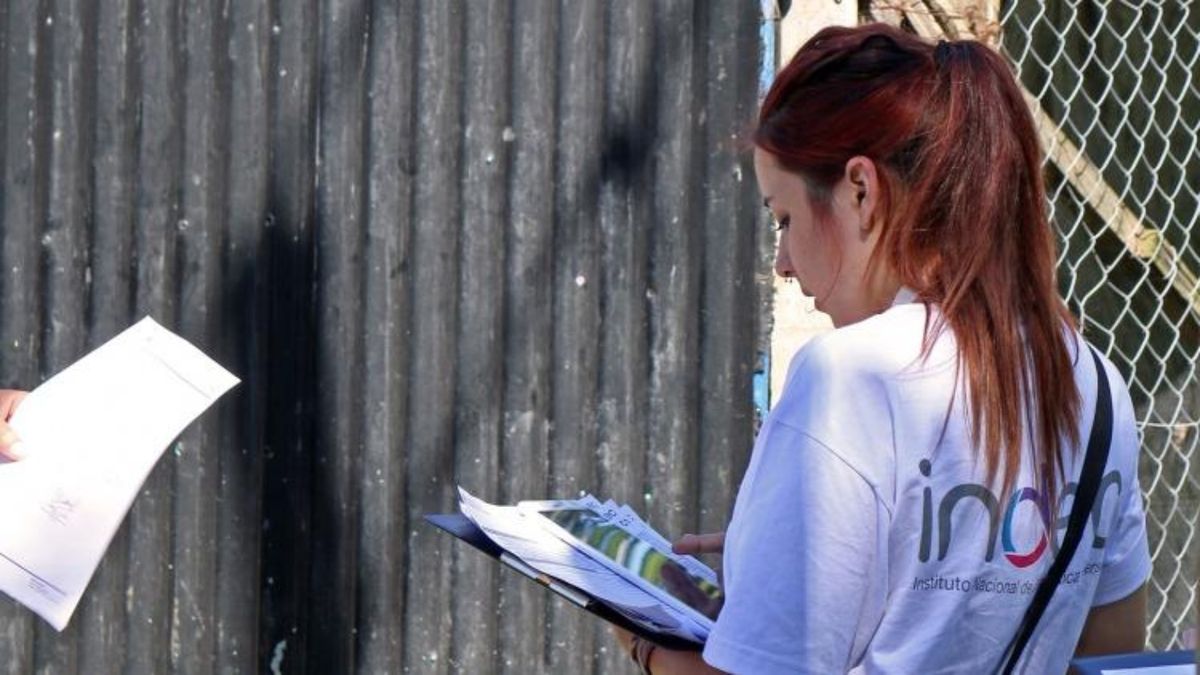“It’s like the dress rehearsal before going on stage. We try the same thing that we will do on the day of the census, but when we are little”Lavagna said.
On the other hand, as a novelty, the Census can be completed, in addition to its face-to-face form through the traditional interview, through a digital questionnaire.
“What we are looking for with digital, which is one of the great innovations that the census has, is to be able to give the population more tools so that they can participate, so that, ultimately, they can exercise their right to be recognized,” said the director of the Indec.
After which, he explained that “there are some who may be afraid of the pandemic or security issues”, and the application will allow the completion of the census “without the need to spend 15, 20 minutes with the census taker.”
Citizens who wish to carry out the census via this modality may do so between March 16 and May 18.
Then, on May 18, they will have to provide the census taker only the alphanumeric code of the e-census receipt.
Although it was considered at first, Lavagna explained that the census takers will continue to use paper questionnaires instead of tablets, due to the amount required and due to the presence of “areas of low connectivity.”
On the other hand, the 2021 Census for the first time will be a “right census”, in which people will be counted in the place they reside most of the time during the week.
Until now, all census surveys were made under the name of “factual census”: the population was registered in the place where they had spent the night prior to Census Day.
“It is a change that seems minor but it is very important in statistical and informational terms,” said the economist and pointed out: “The importance of the change has to do with being able to identify well where society is habitually, where it consumes and what are the shortcomings that, for example, they can have in water networks and power lines “.
On the other hand, Lavagna announced that, although the definitive data will be published approximately thirteen months after the census is carried out, “almost immediately” will be known “provisional and estimated data such as the number of people, by sex, age and place. of residence “.
“Beyond the fact that on the same day of the census we will have some information, we are anticipating a first progress report at 30 days and at eight months the provisional total results,” said the director of Indec.
Finally, he indicated that the public and open tender for the printing of the forms and the digitization of the data are in the process of being awarded; and he anticipated that approximately “in January or February” of next year those who wish to be volunteers (together with the members of the educational system) of the Census will be summoned.
They, Lavagna explained, will have to carry out digital training (another novelty of the next census) and, if approved, they will be able to be census takers and receive a per diem for the task (in a similar way to a table president in an elective act) .
Source From: Ambito
David William is a talented author who has made a name for himself in the world of writing. He is a professional author who writes on a wide range of topics, from general interest to opinion news. David is currently working as a writer at 24 hours worlds where he brings his unique perspective and in-depth research to his articles, making them both informative and engaging.




